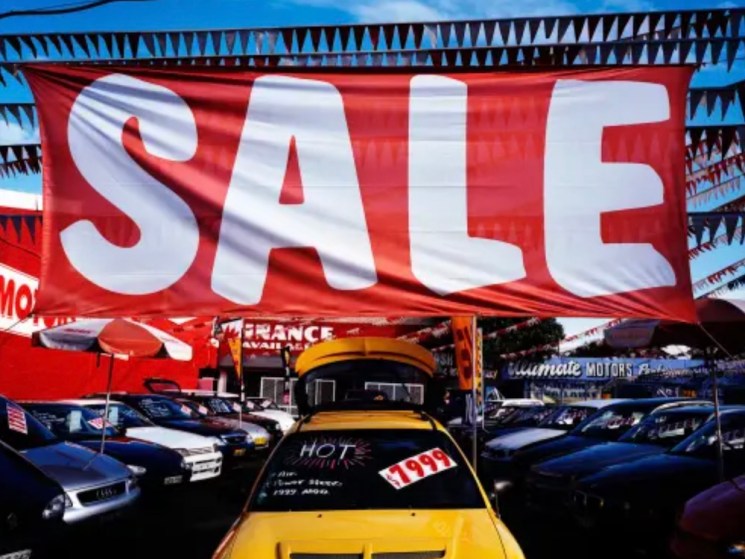cars
Latest
Manufacturing
Poltrona Frau is the quiet €120m powerhouse behind luxury car interiors
The secret to Ferrari’s coveted leather cabins? A 113-year-old sofa maker.
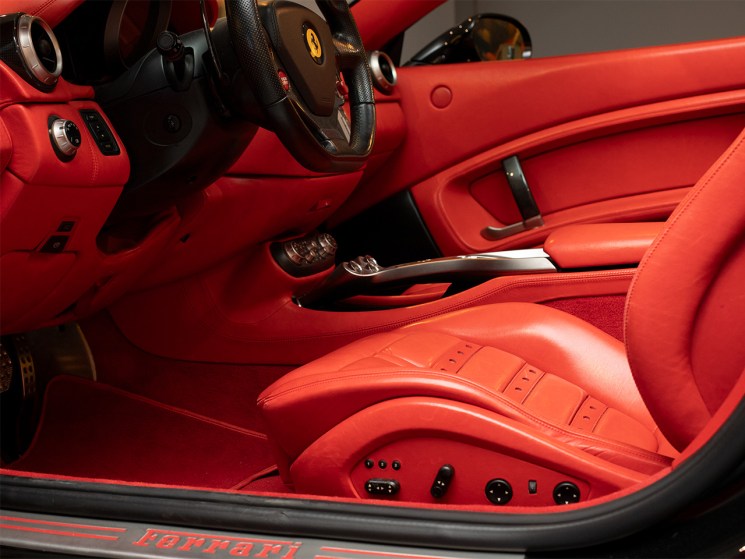

Transport
How Škoda is responding to China’s EV boom, and shifting the car-making sector up a gear
With its commitment to simplicity and affordable luxury, the Czech automaker is reinventing itself, redefining value and showing the continent how to compete.
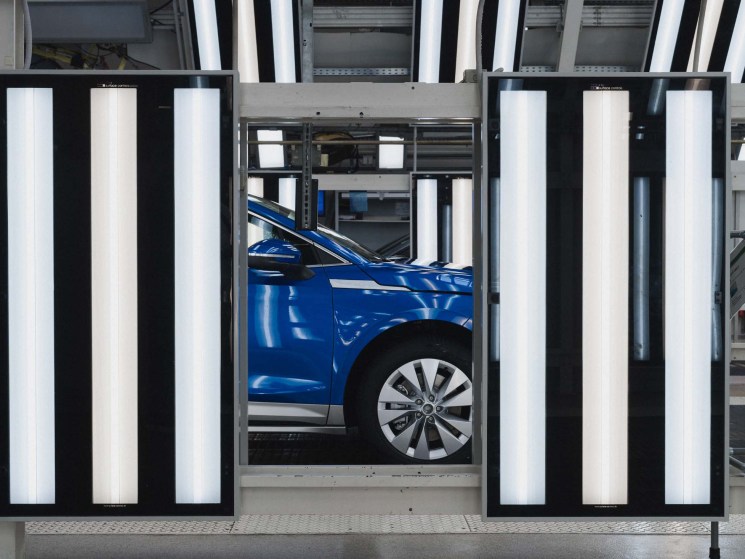
Transport
Japan’s tiny electric vehicle with very big ambitions
Make way for Mibot, the diminutive vehicle moving Japan’s EV sector.
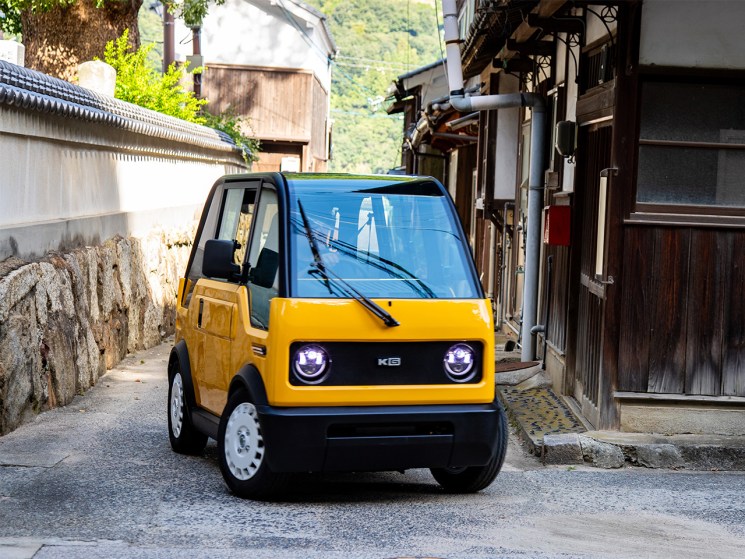
Travel and restaurants
Five Monocle-approved cars for any roadtrip
From Toyota’s Crown Sedan to Land Rover’s Defender 90, here’s our pick of versatile, adventure-ready vehicles.
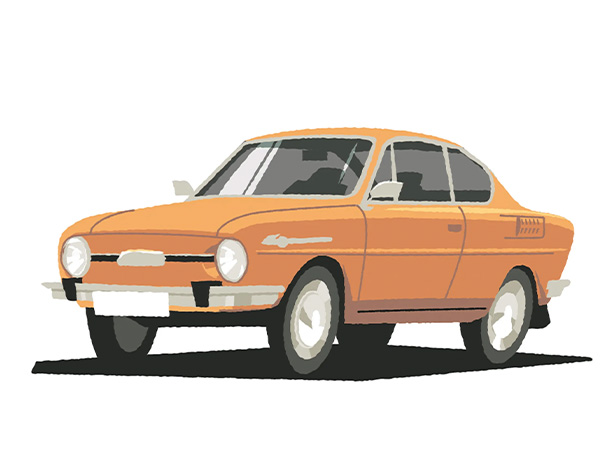
Travel and restaurants
Why small electric vehicles are making a big impression in Cuba
Havana’s residents move away from classics as they look for contemporary ways to get around.

Business
10 hard-earned business lessons from car salesman Patrick Moylett
Top sales tips from the showroom floor.
